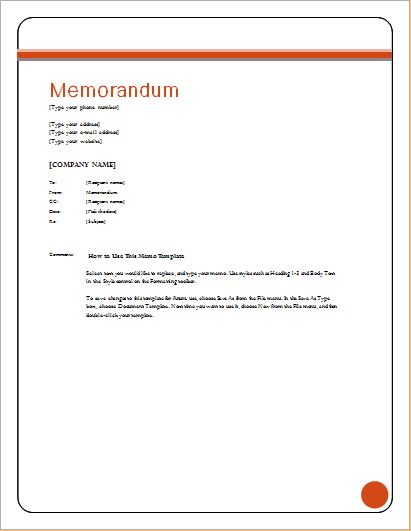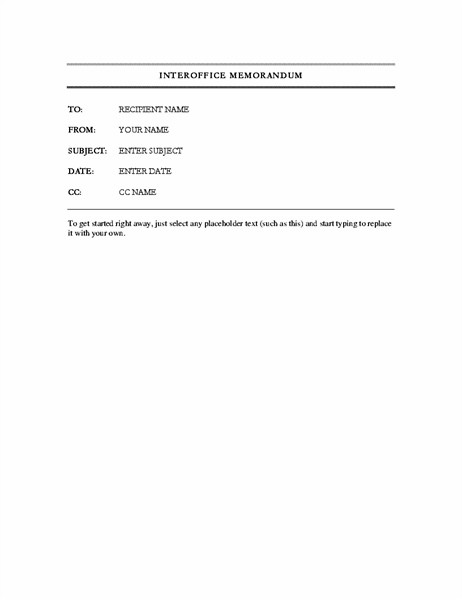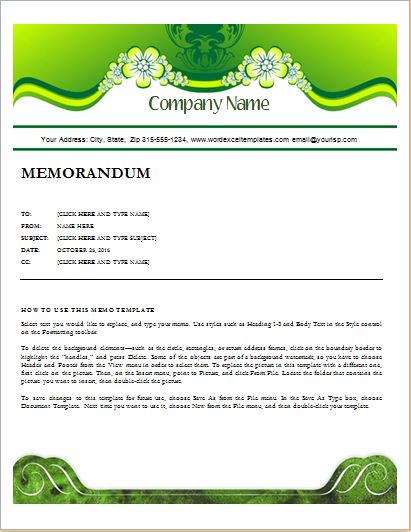


Following these techniques will increase the accessibility of your documents, but it does not guarantee accessibility to any specific disability groups.*Right-click: To right-click with the keyboard, select the object using the Shift+Arrow keys and then press either (1) the “Right-Click” key (some keyboard have this to the right of the spacebar) or (2) Shift+F10.Below are the mouse-only terms and their keyboard alternatives: However, for clarity there are several instances where mouse-only language is used. We have tried to formulate these techniques so that they are useful to all authors, regardless of whether they use a mouse. Most of these have not been checked for accessibility, but some information and/or instructions are available for the following formats in Technique 12 (below). In addition, Word 2010 offers many other word processor and web format saving options. The default file format for Word 2010 is Office Open XML (DOCX). If you are creating forms, web pages, applications, or other dynamic and/or interactive content, these techniques will still be useful to you, but you should also consult the W3C-WAI Web Content Accessibility Guidelines (WCAG 2.0) because these are specifically designed to provide guidance for highly dynamic and/or interactive content. Typical of office-style workflows (Reports, letters, memos, budgets, presentations, etc.).Self-contained (i.e., without hyperlinks to other documents, unlike web content), and.

and do not include audio, video, or embedded interactivity) , Fully printable (i.e., where dynamic features are limited to automatic page numbering, table of contents, etc.Text-based (i.e., not simply images, although they may contain images),.Intended to be used by people (i.e., not computer code),.This guide is intended to be used for documents that are: In addition, Word 2010 includes an accessibility checking feature. The name comes from sidewalk “curb cuts” that were added for people in wheelchairs, but are commonly used by people with baby strollers, handcarts, wheeled luggage, and others.Īt the time of testing (September 30, 2010), Word 2010 provides a set of accessibility features that is sufficient to enable the production of accessible digital office documents. “Curb cuts” are situations in which accommodations made for accessibility reasons will also result in significantly better and more efficient outcomes for everyone.

This icon highlights “curb cut” opportunities in these techniques.


 0 kommentar(er)
0 kommentar(er)
